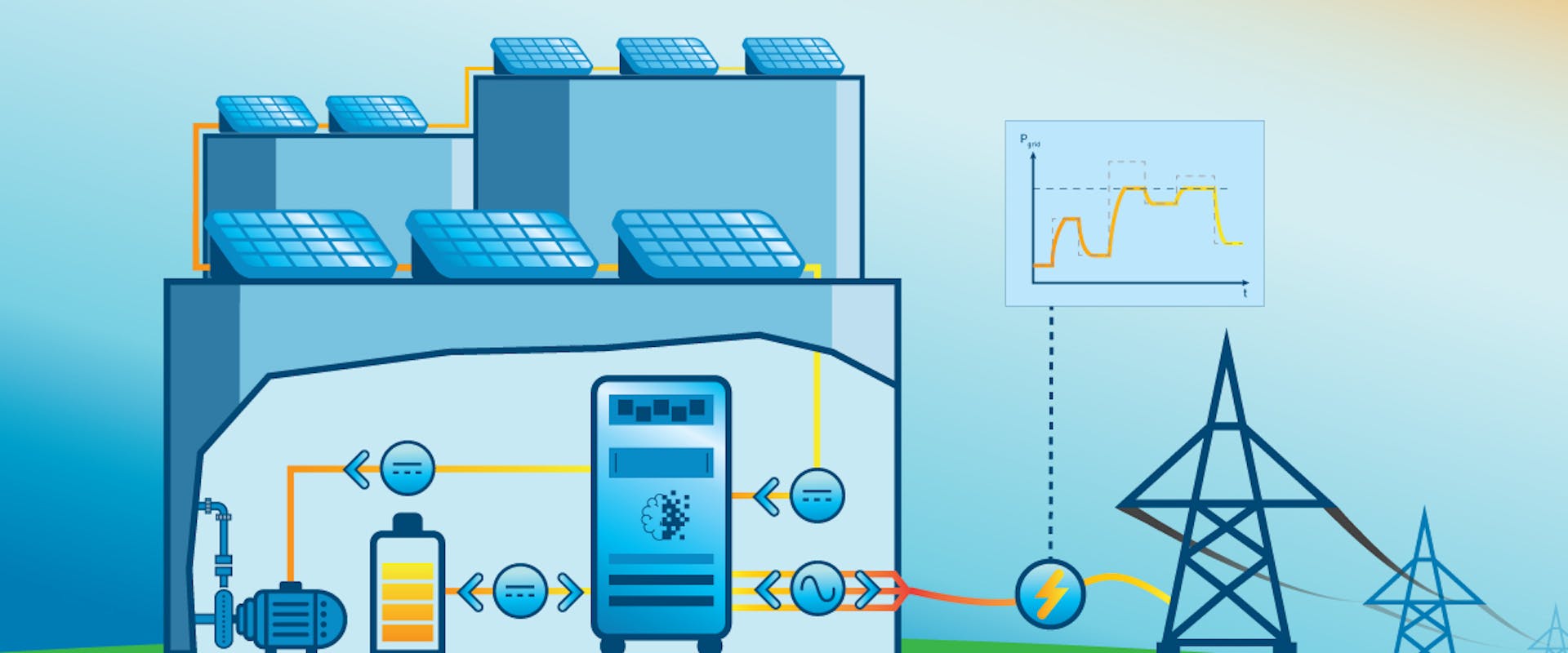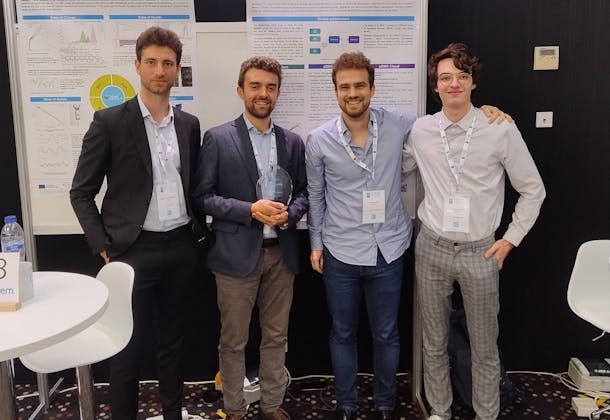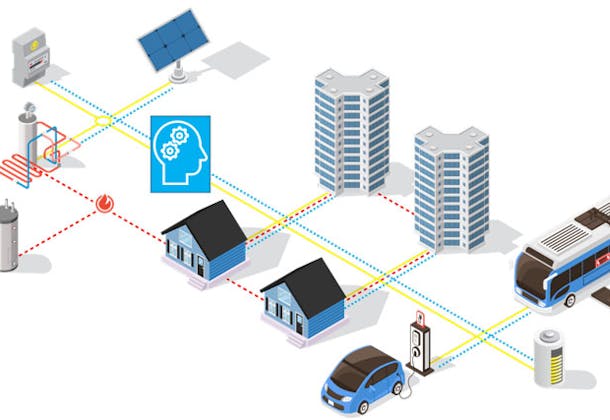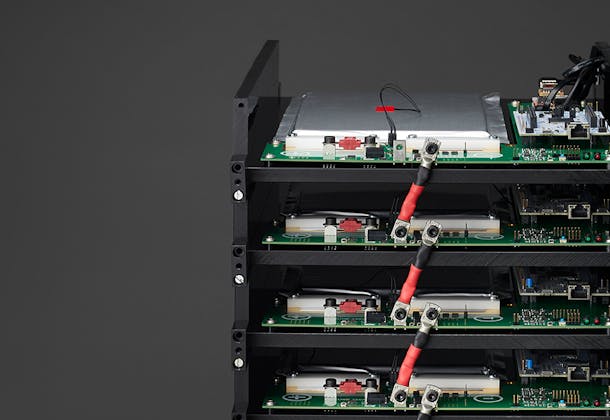CSEM’s DCSmart: Power distribution solutions for energy efficiency
CSEM has developed a lean control architecture for microgrids, with an implementation in direct current (DC) microgrids. The novelty of this architecture support both local and system-level objectives with a unique storage system. The benefit of this patented solution can now be freely evaluated online.



